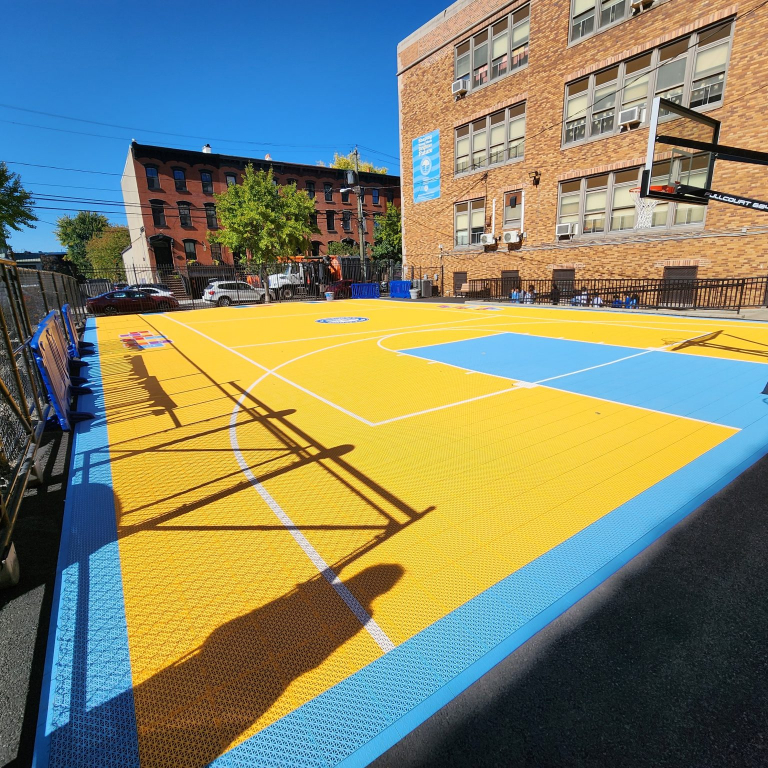
Sports tiles have become a game-changer in the world of athletic surfaces, providing players with safety, durability, and performance. But their journey from simple floor tiles to specialized sports surfaces is a fascinating story of innovation and engineering.
The Early Days: Floor Tiles as Makeshift Sports Surfaces
The origins of sports tiles can be traced back to the mid-20th century when basic floor tiles were repurposed for athletic use. These tiles, often made of ceramic or linoleum, were never designed with sports in mind. They were hard, slippery, and lacked the resilience needed to withstand the rigors of athletic performance. However, they were a practical and cost-effective option for indoor recreational spaces and community gyms.
The Need for Better Solutions
As sports and recreational activities grew in popularity, the limitations of traditional floor tiles became evident. Athletes demanded surfaces that could enhance their performance while minimizing the risk of injury. This demand spurred innovation, leading to the development of tiles specifically designed for sports applications.
The Rise of Modular Sports Tiles
In the 1970s and 1980s, modular interlocking tiles emerged as a revolutionary solution. Made from high-impact polypropylene and other advanced polymers, these tiles offered:
Advancements in Grip and Bounce
By the 1990s, manufacturers began to focus on enhancing the performance characteristics of sports tiles. Two key areas of improvement were:
Modern-Day Innovations
Today, sports tiles are the gold standard for athletic surfaces, offering a combination of performance, safety, and aesthetics. Cutting-edge technologies have introduced features such as:
Applications Beyond Sports
While sports tiles are primarily designed for athletic use, their versatility has led to broader applications. They are now used in playgrounds, gyms, event spaces, and even home garages. This adaptability underscores their value as a multifunctional flooring solution.
The Future of Sports Tiles
The evolution of sports tiles shows no signs of slowing down. Innovations in material science and manufacturing are likely to bring even more advanced features, such as smart tiles with embedded sensors to track performance metrics or surfaces that self-repair minor damage.
As we look ahead, one thing is clear: sports tiles have come a long way from their humble beginnings. They are a testament to how thoughtful design and engineering can transform a simple idea into a cornerstone of modern sports infrastructure.